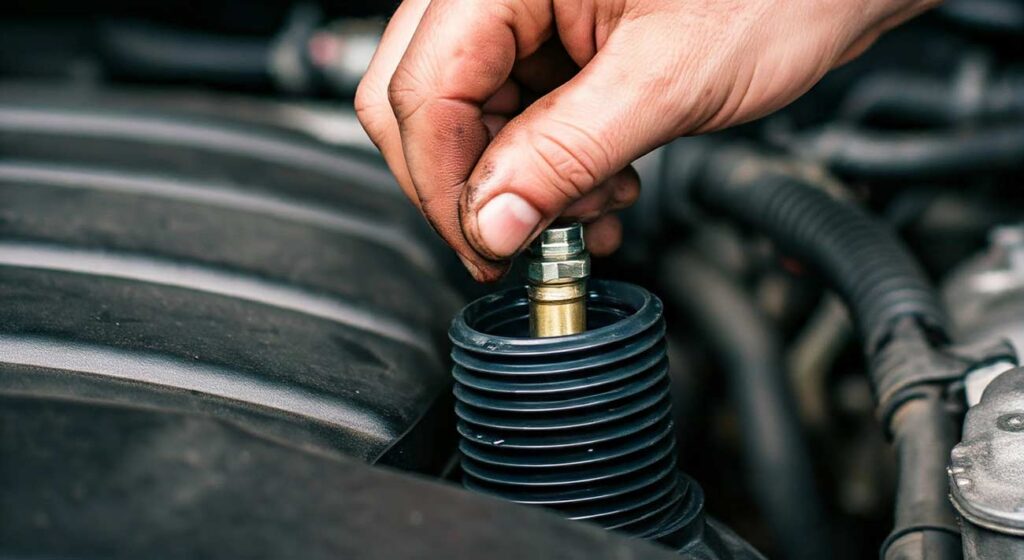Replacing a temperature sensor in your car can seem like a small task, but if you’re wondering whether you need to drain the coolant or not, you’re definitely not alone. It’s a common question with a bit of a tricky answer. It all depends on the make and model of your car, and how much access you have to the coolant system. So let’s walk through what you should know and what steps are generally recommended.
What Does a Temperature Sensor Do?
The coolant temperature sensor (CTS) is a crucial part of your car’s cooling system. It measures the temperature of the engine’s coolant and sends this information to the engine control unit (ECU). Based on this data, the ECU can adjust fuel mixture and ignition timing, and control when the cooling fans should kick on. In some cars, a faulty temperature sensor can even cause starting issues or lead to engine overheating. So, if your sensor goes bad, you’ll likely need to replace it soon.
Do You Always Need to Drain Coolant?
You might think that replacing the temperature sensor requires draining the coolant first. The answer is, well, it depends. Some vehicles require you to drain the coolant because the sensor is located near or below the coolant level. In these cases, if you don’t drain it, you could end up with coolant spilling out when you remove the sensor.
However, some cars have the sensor positioned in a way where you can simply swap it out without touching the coolant. For example, in some older models, the sensor is positioned higher in the engine, so there’s no risk of coolant leaking when you remove it. In these cases, draining the coolant isn’t necessary.
How to Know If Your Car Needs Coolant Drained
Check your car’s manual or look up forums for your specific make and model to figure out where the sensor is located. If the temperature sensor is placed above the engine’s coolant line, you might be able to replace it without any hassle. But if it’s lower down in the cooling system, there’s a good chance that coolant will leak once you start removing the sensor.
What Happens if You Don’t Drain Coolant?
You might be tempted to skip draining the coolant if you’re in a rush, but this could result in some unwanted problems. If the sensor is located near the coolant level, and you don’t drain it, you could end up with coolant spilling onto parts of the engine, which can be a safety hazard. Coolant is also slippery, and it’s not something you want lying around your garage floor. Not to mention, the coolant that spills out can be hot, and you risk burns or other injuries.
On the other hand, if you’re lucky, and your sensor is located far from the coolant, you might not need to drain anything. Just be ready with some rags or towels to mop up any small spills, just in case.
Are There Tools to Avoid Draining Coolant?
Some folks use a trick where they use a coolant hose clamp to pinch the hose near the sensor. This might help prevent coolant from leaking out, but it’s not foolproof. It can also add unnecessary pressure on the hose, which might cause problems later. This method works best if the sensor is at the top of the engine, but it’s still a bit risky.
Another workaround is by replacing the sensor when the engine is cold. If you remove the CTS carefully, and the coolant is at room temperature, there’s a smaller chance it will spill out. However, this doesn’t always work and depends on how your cooling system is designed.
Drain or Not to Drain?
In the end, whether or not you need to drain the coolant depends on your car’s specific setup. If the sensor is positioned low in the engine or near the coolant, it’s safer to drain it. But if it’s higher up, you might be able to skip that step. Just be sure to always check your car’s manual and look up any tips specific to your vehicle before jumping in.

